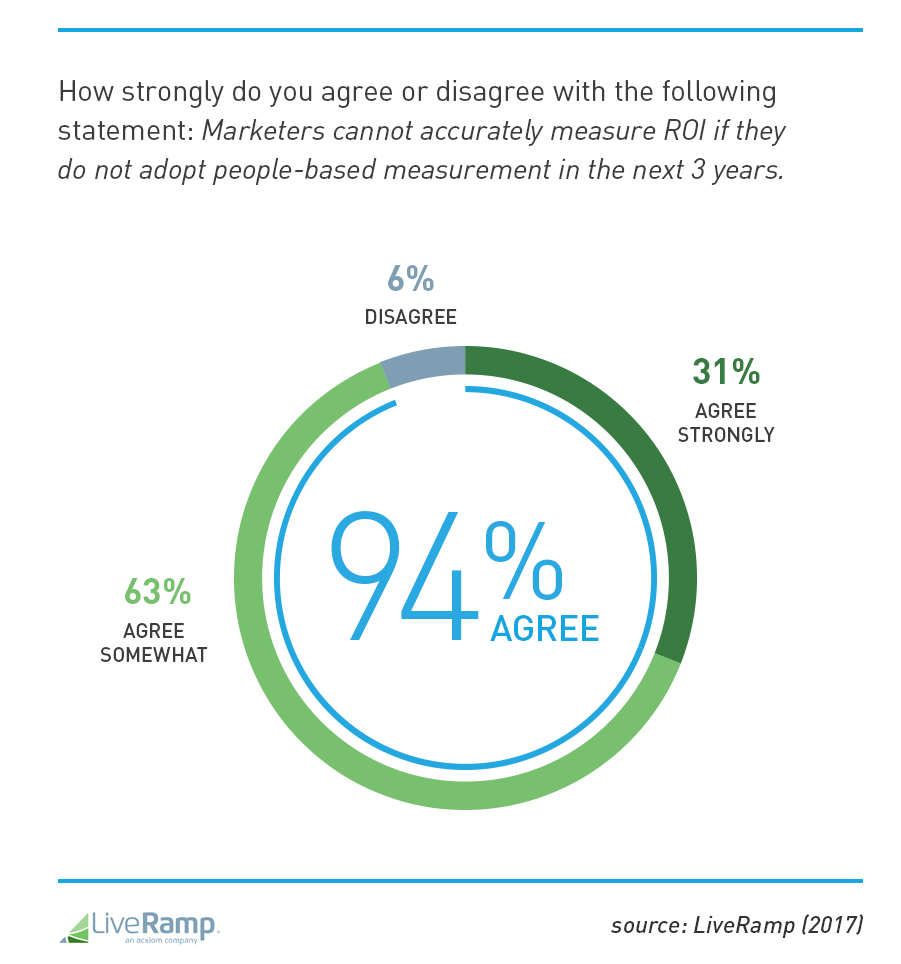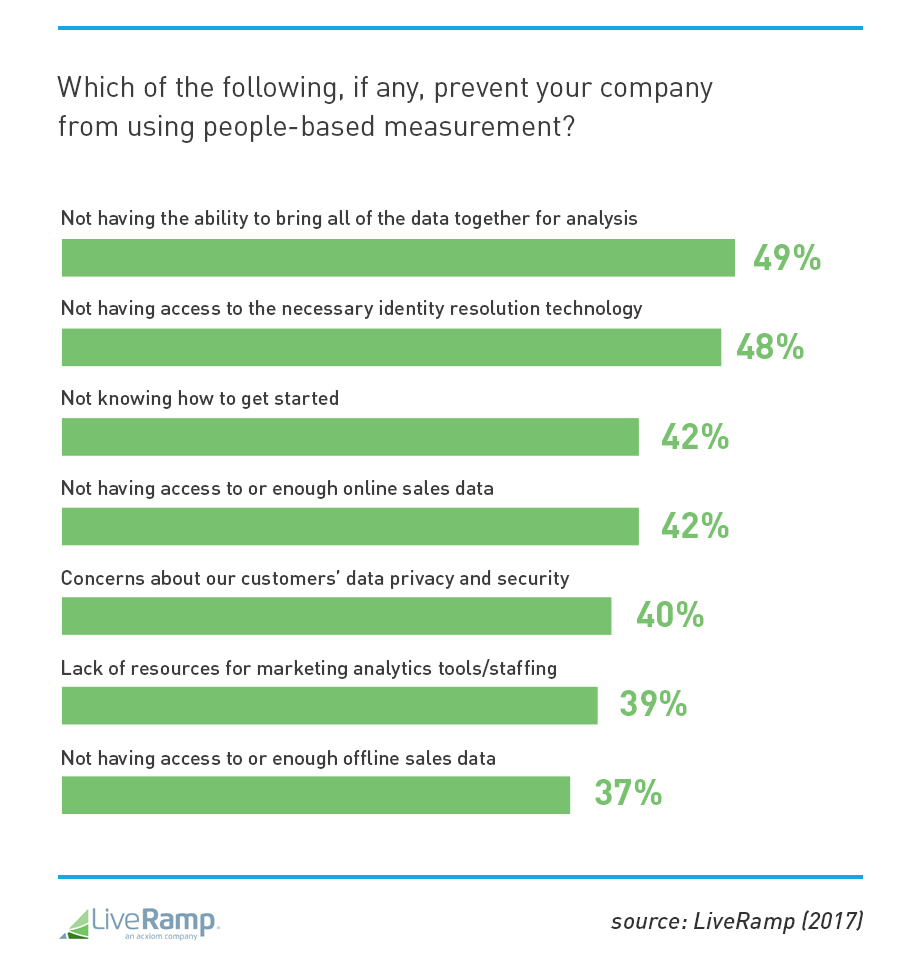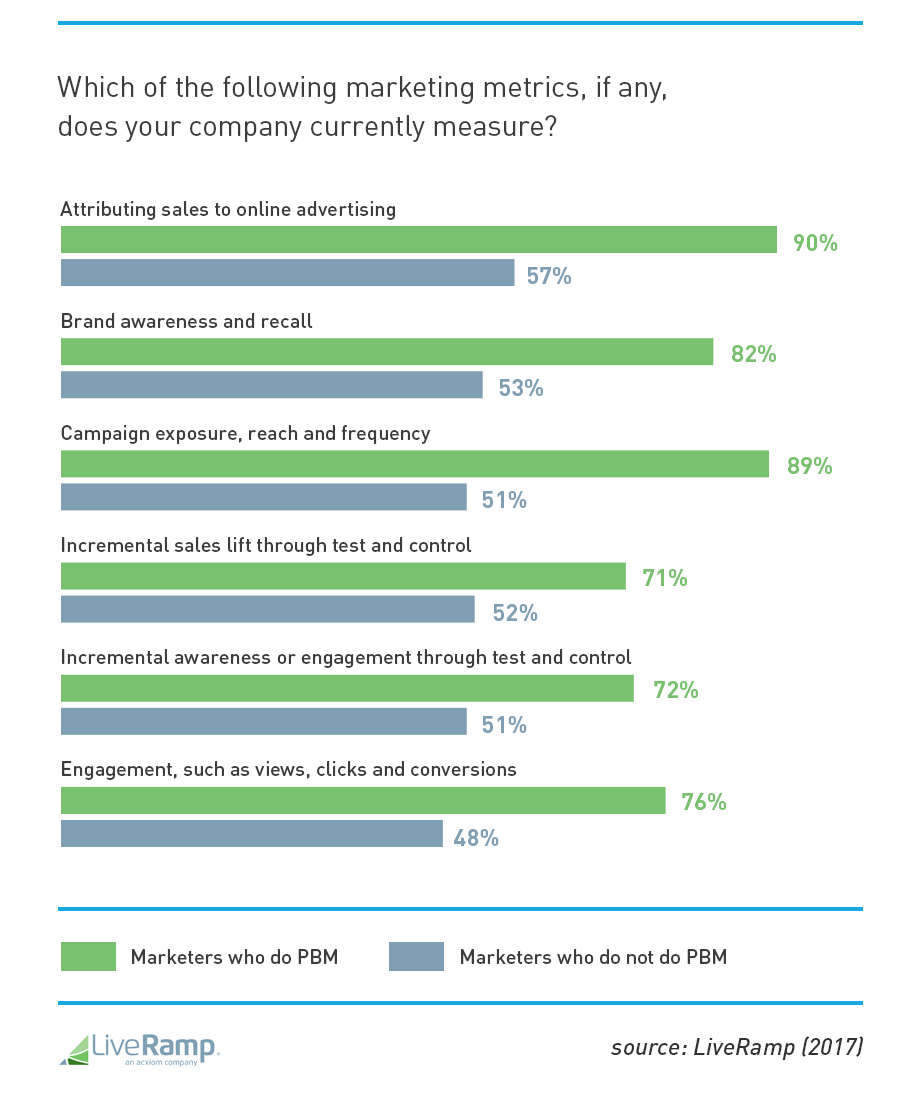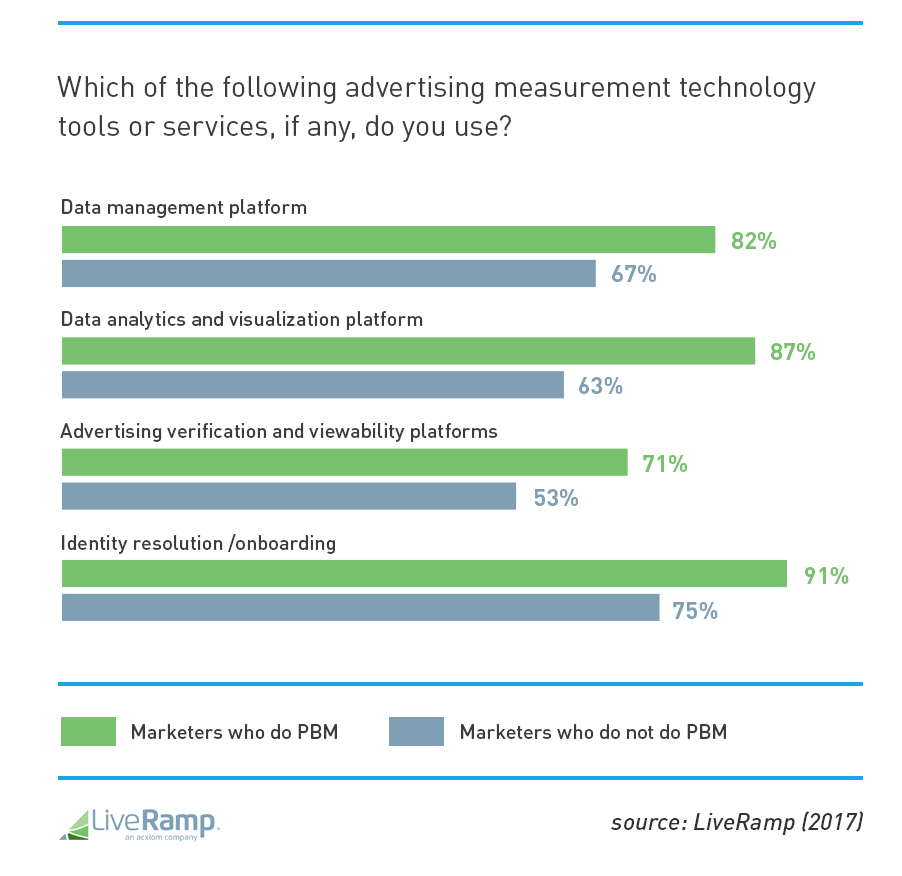
5 charts that show how people-based measurement can help your customers and company
In today’s omnichannel world, consumers are targeted through an ever-growing number of platforms and channels with an ever-growing number of messages. But do marketers really know just who these consumers are? Do they understand their journey? Or are they only seeing them as a mass of statistics and data points without any essential connecting threads?
As these five charts show, people-based measurement, or, PBM — defined as the use of de-duplicated, cross-channel person level data to measure the impact of marketing — can help a marketer enormously when it comes to making connections between customers and campaigns.
It’s essential for measuring ROI
500 marketing professionals were asked for their thoughts on how people-based measurement can help to accurately measure their marketing’s impact on sales. Of those surveyed, a whopping 94% agreed that marketers cannot accurately measure ROI if they do not adopt people-based measurement in the next 3 years.
Three-quarters of the marketers also agreed that people-based measurement can aid in improved real-time campaign optimization, leading to a better outcome for both your business and your customers.

However, it’s not without its challenges
While an overwhelming number of marketers are on board with the idea of people-based measurement, eight out of 10 marketers surveyed have yet to implement these strategies, citing a number of common challenges.
There are various reasons why marketers might be hesitant about PBM. 49% cited not having the ability to bring all the data together for analysis, while 48% did not have access to the necessary Identity Resolution technology that helps enable this unified customer view.
As 42% of marketers point out, it can be daunting to delve headfirst into a new capability, noting that they simply do not know how to get started — but the improved customer experience that results from people-based measurement can make this challenge well worth it.

This is the difference that PBM makes when it comes to metric measurement
If you’re implementing people-based measurement, you’re more likely to be measuring all other metrics in general. Of these 500 surveyed marketers, the ones who already use people-based measurement tactics are conducting deeper analysis than those who do not implement these capabilities.
It’s striking to note that 90% of those who use people-based measurement are comfortable attributing sales directly to online advertising — a huge boon when working in the digital marketing landscape.
 People-based measurement plays well with ad tech and mar tech tools
People-based measurement plays well with ad tech and mar tech tools
If your business has already invested in ad tech and mar tech tools, then it’s likely that you’re ready to take the next step toward better metrics. 87% of those marketers who use people-based measurement are also using data analytics and visualization platforms, showing a focus on results-driven campaigns.
The usage of these tools goes hand-in-hand with the usage of people-based measurement capabilities. Smart marketers are willing to invest their energy into pursuing the most fruitful ways of gaining results, from technology to customer insight.

In the end, people-based measurement is the gift that keeps on giving
As these charts all illustrate, it’s no secret that people-based measurement can help enormously with gaining deeper insight into overall marketing performance. However, calculating the success of a campaign or channel is only the start.
Additional benefits of people-based measurement include improved personalization and real-time optimization, as well as heightened customer and prospect insights, all of which can help improve the overall customer experience.

Check out the Liveramp study here if you’re interested in learning more.
More from Digiday

Podcast companies turn to live events to capture growing advertiser spend
The surge in the number of live podcast events in 2025 reflects a broader shift: advertisers are betting bigger on podcasts — not just as an audio channel but as a full-fledged creator economy play.

Best Buy, Lowe’s chief marketing officers explain why they launched new influencer programs
CMOs launched these new programs in response to the growing importance of influencers in recommending products.

Agencies create specialist units to help marketers’ solve for AI search gatekeepers
Wpromote, Kepler and Jellyfish practices aim to illuminate impact of black box LLMs’ understanding of brands search and social efforts.





